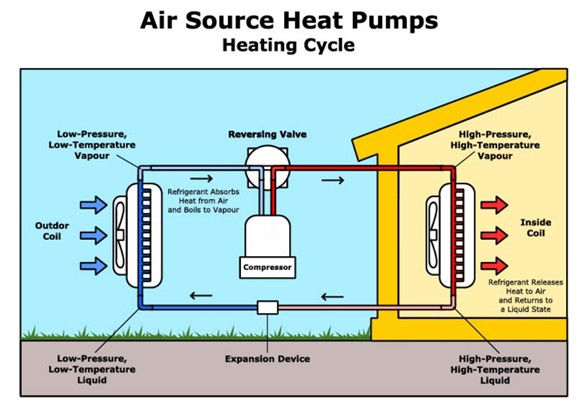What Is an Age-in-Place Home?
- paulmaddrell
- Jun 14
- 3 min read

Aging-in-place refers to enabling older adults to continue living safely and comfortably in their own homes as they age, rather than relocating to assisted living or nursing facilities. To the extent possible, it should preserve the homeowners’ independence and quality of life by anticipating the homeowners’ future needs.
Goals for the home should include:
Safety: Reduce the chance of falls, burns, or other forms of bodily injury.
Accessibility: Ensure that spaces are usable for people with mobility issues, including those with wheelchairs and walkers.
Comfort: Maintain a pleasant living environment.
Adaptability: Design so the home can be modified to meet changing needs of the owner.
Cost Effectiveness: Install features that reduce ongoing costs.
Social Interaction: Make it easy to entertain or be in contact with friends and loved ones.
Independence: Allow the homeowner to easily perform daily activities without requiring help.
I have gathered features that accomplish these goals from multiple sources. I know that the list is not fully comprehensive and includes features that are unnecessary for some. However, this list has been helpful for me as I plan my new home.
Some features are “must have” while others are “nice to have” and some are costly while others are inexpensive. The features that are finally incorporated into a home depend not only on their benefits, but also the cost-benefit for the homeowner.
Below are features that accomplish my age-in place goals:
Entryways and Accessibility
No-step entry at the front, back, and garage doors.
Wide doorways and hallways (at least 36 inches) to accommodate mobility aids.
Smooth, slip-resistant surfaces at entryways.
Lever-style door handles instead of knobs for easier use.
Smart locks or keyless entry for convenience
Flooring and Layout
Single-story living or a main-floor bedroom and bathroom.
Non-slip flooring (hardwood, low-pile carpet, cork, or textured tile).
Flush thresholds to eliminate tripping hazards.
Open floor plan for better maneuverability.
Kitchen Design
Pull-out shelves and drawers for easier access.
Induction cooktops for safety.
Touchless faucets or lever handles for easy operation.
Well-lit work areas to improve visibility.
Bathroom Safety
Curb-free (walk-in) shower with a wide entry.
Grab bars in the shower and near the toilet.
Shower bench and handheld showerhead.
Comfort-height toilet (higher than standard toilets).
Slip-resistant tile or waterproof flooring.
Lighting and Visibility
Motion-sensor lighting in hallways, bathrooms, and closets.
Rocker or touch-activated light switches.
Under-cabinet and task lighting for workspaces.
Large windows and skylights to maximize natural light.
Stairs and Elevation Adjustments
Handrails on both sides of the stairs.
Non-slip stair treads or contrast strips for visibility.
Residential elevator or stair lift (if multi-story).
Ramp options for entryways or interior steps.
Bedroom Comfort and Safety
First-floor primary bedroom to avoid stairs.
Large closet with pull-down rods for accessibility.
Remote-controlled window treatments for ease of use.
Smart Home and Assistive Technology
Voice-activated assistants for controlling lights, locks, and appliances.
Smart thermostats for easy temperature adjustments.
Video doorbells and security cameras for safety.
Medical alert systems for emergencies.
Hearing- and vision-friendly devices, such as amplified phones and large-print controls.
Outdoor and Garage Considerations
Step-free garage entry.
Wider garage space for easy car entry/exit.
Outdoor pathways with even surfaces and good lighting.
Raised garden beds for accessible gardening.
Energy Efficiency and Low Maintenance
Energy-efficient appliances to reduce maintenance needs.
Durable, low-maintenance materials.
Automatic irrigation systems for landscaping.
Filtered air and ventilation systems for better indoor air quality.



Comments